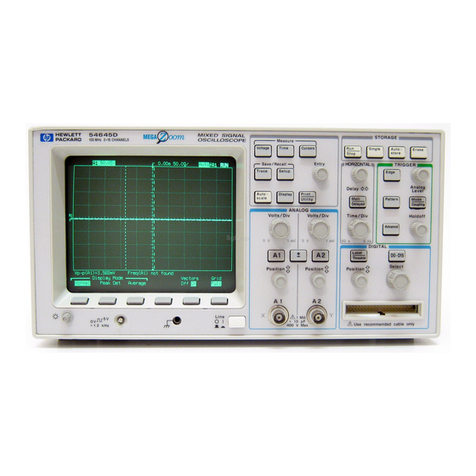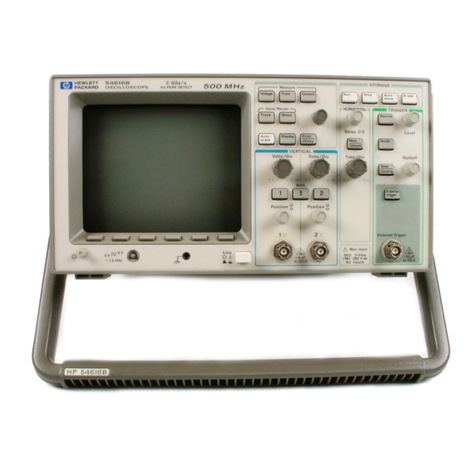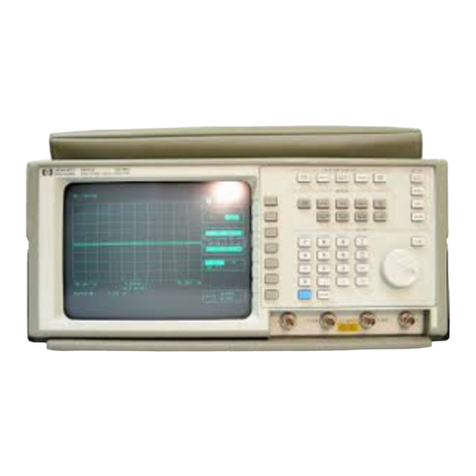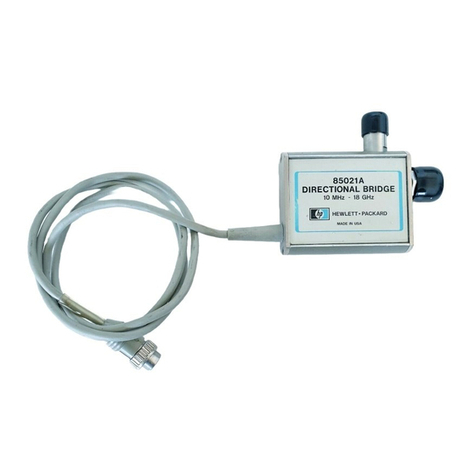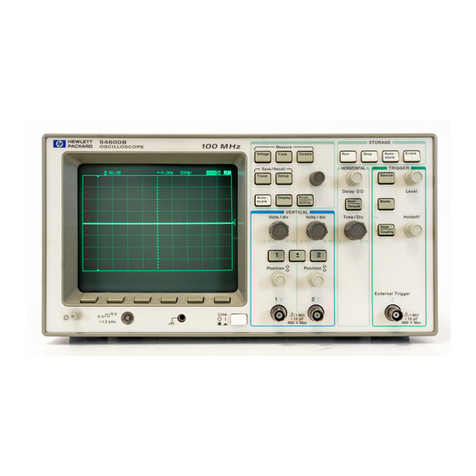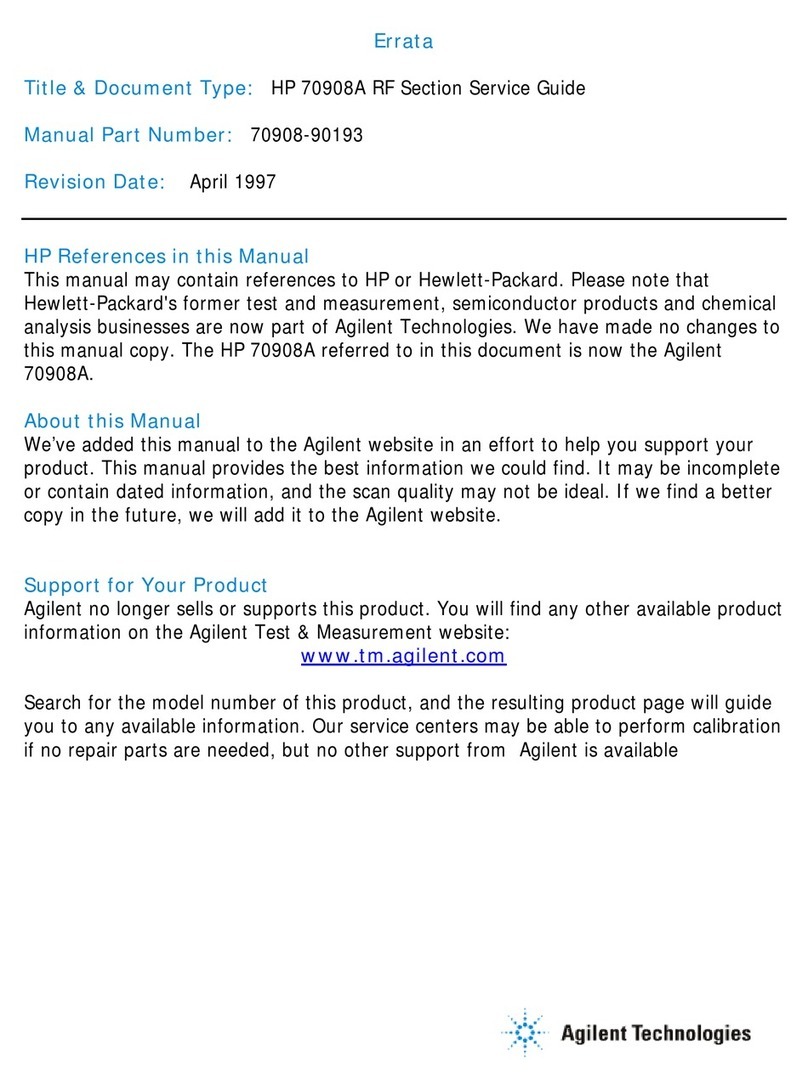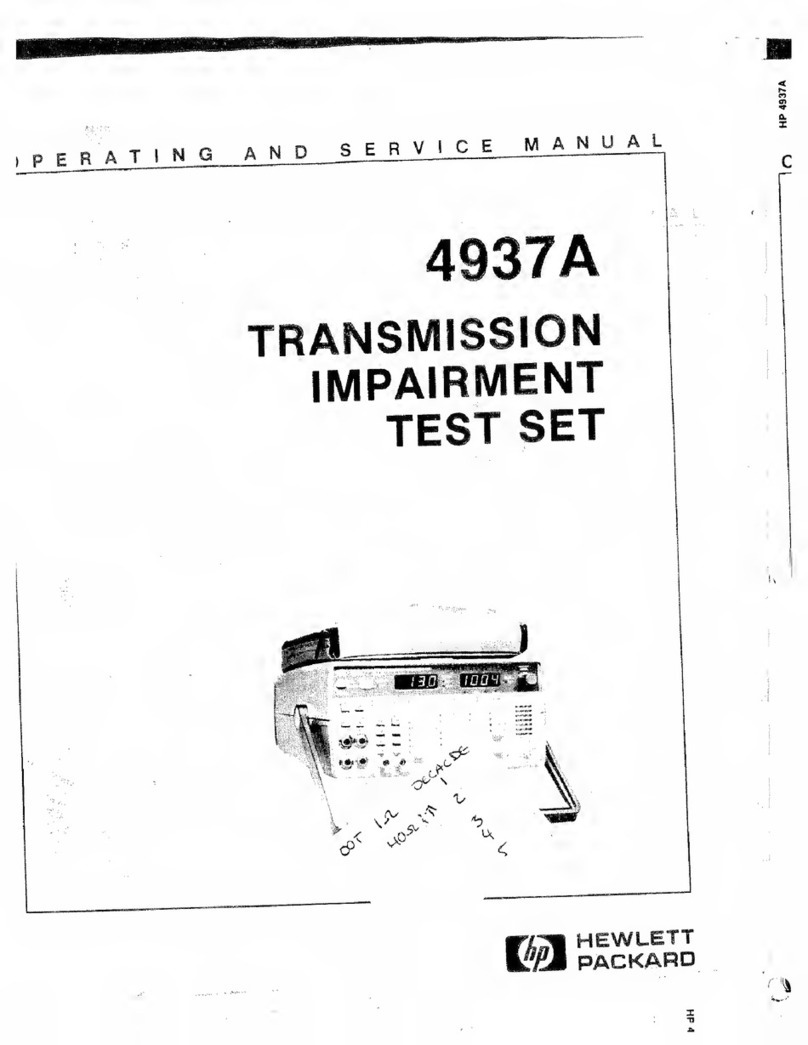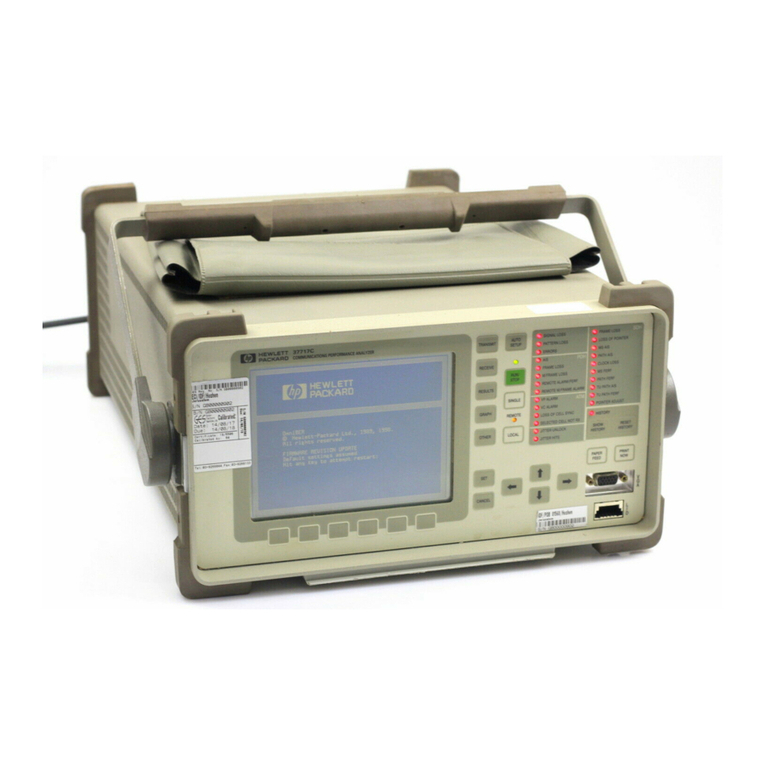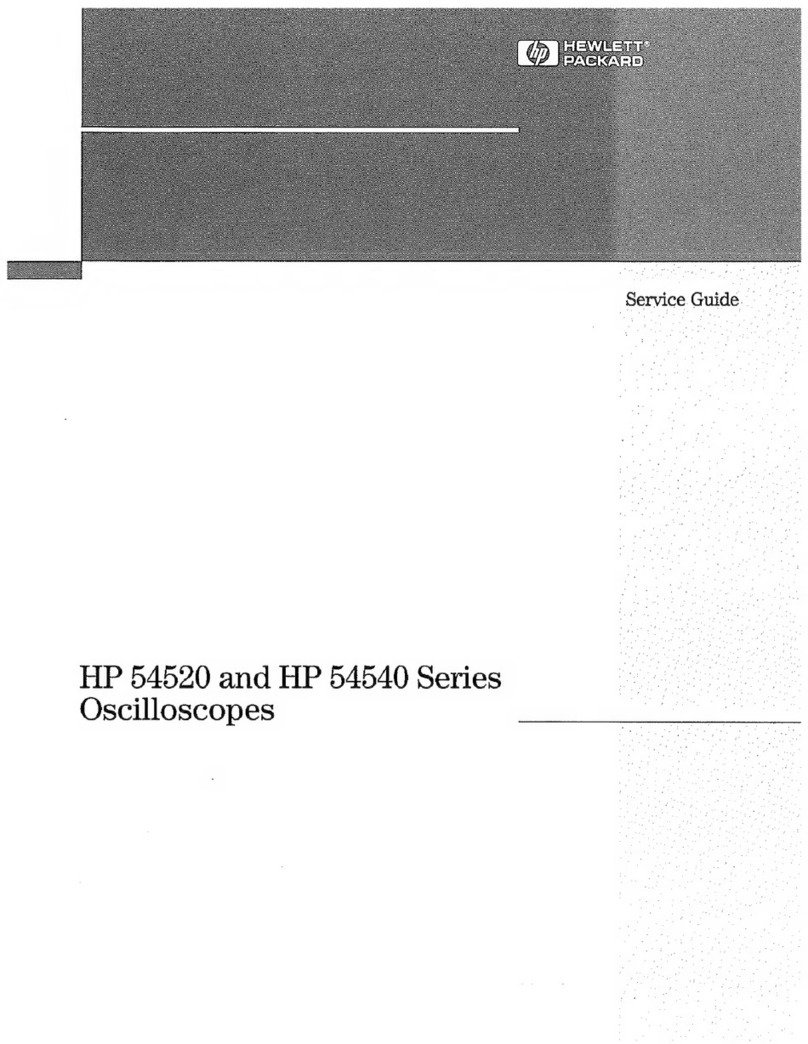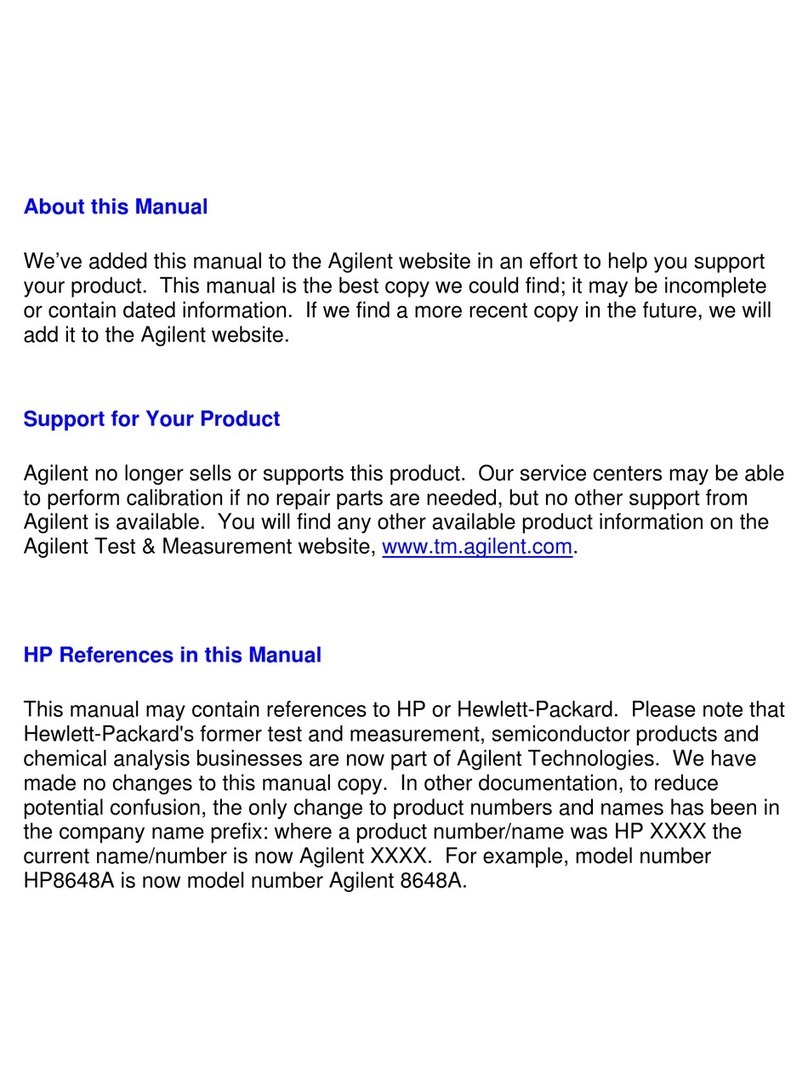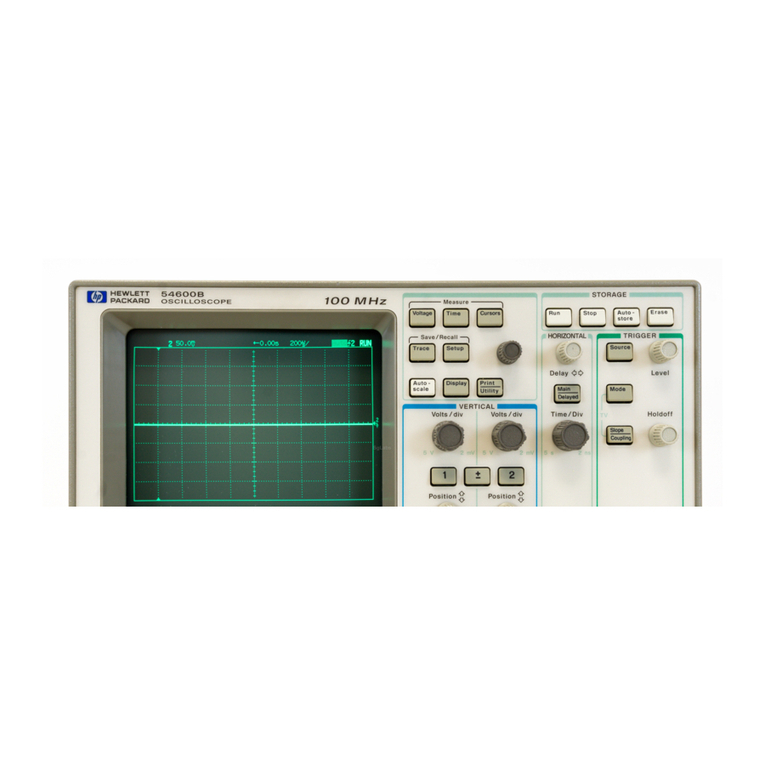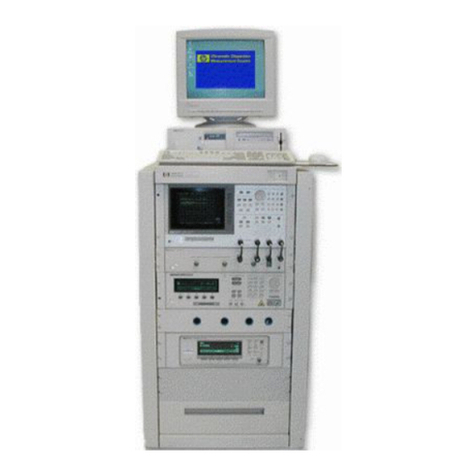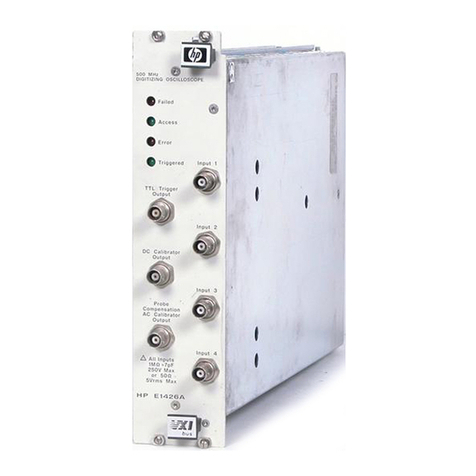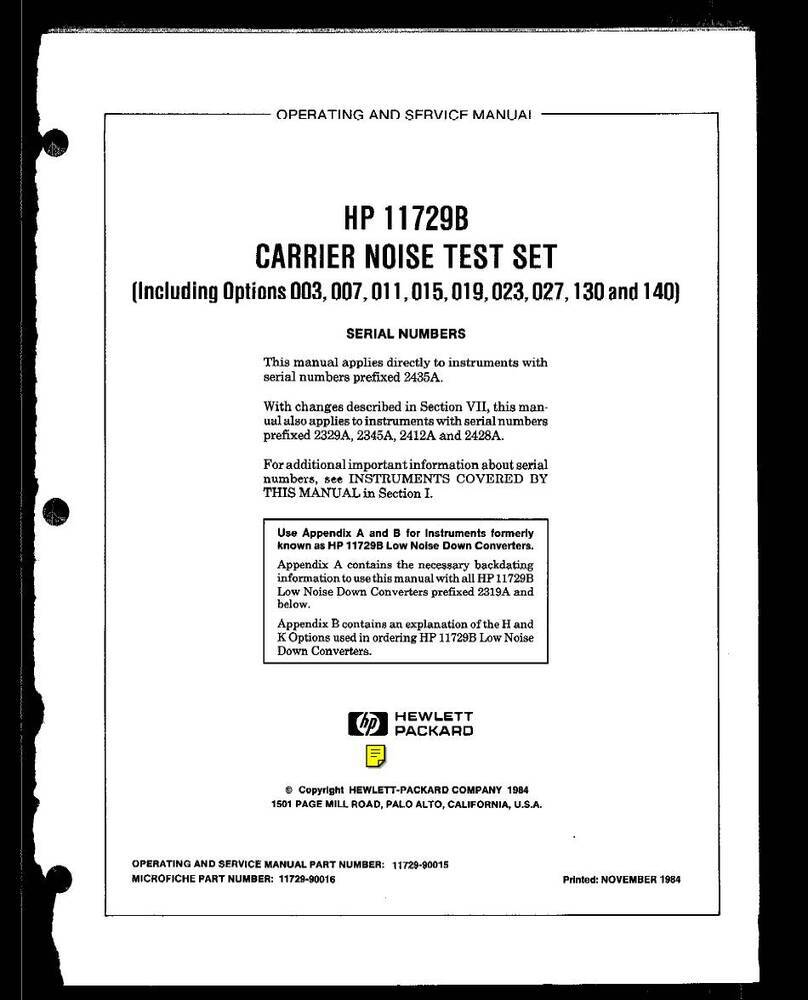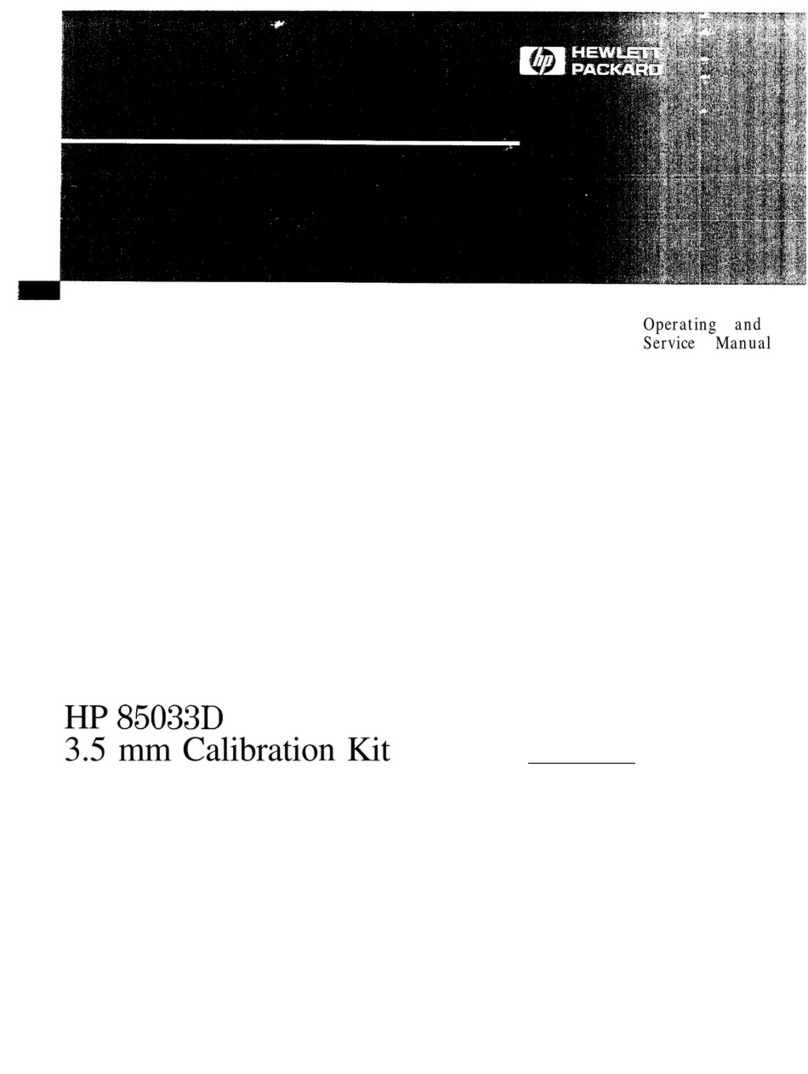
Section
Model
5382A
Table
of
Contents
TABLE
OF
CONTENTS
Title
Page
GENERAL
INFORMATION:
5022
ve
cade
oe
olidees
ie
cdNle
ee
aw
evcens
1-1
d>Ue”.
SCOPEIOh
MANUAL
Sox.
ccnia
sea
ee
dens
caste
the
ese
tee
boduatocoe
kan
1-1
Tete.
SDOSCMIPUON:
siseaes
Satan
Bak
phd
Yau
bx
Rasen
ee
Boas
on
abee
le
nea.
1-1
1-6.
Instrument
Identification
........0..
00.
c
cece
ee
ccc
cece
cceec
ee.
1-1
TAO
APDINGATIONS
5
sh:r83
as
sor
ireesae
W
eeasaten
Genes
gra
decdc
Parte
yausietes
Pen,
cae
1-2
Weis
OPUS
xno
ah
hannitasad
Vari
eoG
Bud
a
uecee
tlle
cua
lta
kets
Ml
gn
1-2
1-19.
Equipment
Supplied
and
Accessories
Available
..................
1-3
De2lie
DPOCICANONS:
savers
atau
mata
cau
ahata
at
datuatatattien
Yon
cecil,
fuse
1-3
WINS
TALE
ATION
cece
crtcas
€
4
Gresitud
acd
att
teat
grate
te
aN
ce
BAG
Seen
bi
2s
2-1
Qo
le-
IMM
OAUCHON
aise.
das
Seeee
nduthimn
sere
eboaldan
ah
@aneon
abe
mes
2-1
2-3.
Unpacking
and
Inspection
.........0
00.00.
c
ccc
ce
cece
cccec
cece.
2-1
Bax
'PREPAratlom:
fOr
USO
ccna
ees
Geet
cat
ct
asane
te
os
be
meetin
tes
hg
hoes
2-1
2-6.
POWSEREQUIFEMON
US:
2:5
dies
iid
and
Seed Sind
eon
eect
Oe
cae
od
ca
2-1
2-8.
Fuse
Replacement
and
Installation
...........................
2-1
2-10.
POWER
CAD
GSS
i
jcc.
scgienlit
aanemaintes
sucemie
ea
eg
oceanic
ene
lee
2-1
2-13.
Operating
Environment
............
0...
e
ccc
cecececccceccece.
2-2
2-15.
Benichy
Operation:
ttc
suis
at
tuk
west
s
wh
ecto
ena
tevela
sc
2-2
2-17.
Rack
MOUNTING
0
22.couie
itp
ees
osee
cut.
t
ia
ceed
ots
owenein
ns
2-2
2-19.
Packaging
for
Reshipment
................
cece
ccccceeccceeee
ee.
2-2
2-20.
OFC
inal
PACKAGING
oi
ge
sairn
bn
ane
sacar
elo
dare cake
aes
Semel
Selec
2-2
2-24.
|
Other
Packaging
Methods
............
00.
ccc
ecccceececeec
eee.
2-3
Br2O>
MOLAR
Es
aoe
astevl
Oba
e
nya
tatiatd
tat
AU
Sa
wdc
Gch
oa
iis
duneade
pacuen
te
2-3
2-28.
Options
Installation
...........
00...
cece
ceecccucccceecccceccce.
2-3
OPERATION
ict.cs
latest
th
ese
tacnccet
NGA
a
fe
aa
AG
Py
es
ie
3-1
pele,
NOG
UCUON
oe
Sects
waachace
ct
hhc
Fate
ap.
4b
caeergs
client
aruettenes
3-1
3-3.
Basic
Counter
Operation
.........0
00.0.
e
ec
cce ccc
ecc
cece
cece.
3-1
3-5.
FRCQUGN
EY
ceiss
a
2h
ee
enaaay
blade
aimadl
Se
yacht
unite
bavi
ocak
oc
3-1
3-13.
ROMO
Anas
z
one
ae
aentane
dea
uean
ben's
suaeacea
Pwd
wooo
oe
3-2
3-16.
RANG
ut
sacit
Wo
te
GS.
cehgaee
om
dmura
awe
nte
Raa
ey
hope
aie
3-3
3-18.
FOG
MIGIVAL
ido
ani
Sariads
heats
ed
snatr
aes
noe
a
Wen
kancuci.
May
chat
3-3
3-20.
WOtali
ze
BAC
Scales
eicng
oe
hele
ede
are
are
2a
chia
cecike
Mace
Aras
3-3
3-22.
Time
Interval,
Resolution,
and
Averaging
Techniques
............
3-3
3-24,
RGSOlMEON
cca
tears
tmtetee
atineetacnin
oOduun
bicesad
hace
cnk
ike
3-4
3-27.
Time
Interval
Averaging:
o...65.0.0.sscecnersavaddavhucebeceus
3-4
3-34.
Sources
of
Measurement
Error
.........
00.
c
cece
ccc
ecceccccee
ee
3-5
3-36.
SP
COUNLAMDIBUIRY
2.205
ated
bth
tdsretaiaw
ba.acy
auidals
ola
en
3-5
3-41.
DUNE
Base
PRO
0s
2208
Gomi
ta
race
dg
ey
Rares
Weeden
2
asta
|
Mees
ae,
3-6
3-43.
RIB
GED
EREOM
26.58
Seaedeiaeted
2
Satie
esteal
oe
Bhs
asec
tug
Sedu
capa
eds
3-7
3-48.
Function
of
Controls,
Indicators,
Inputs
and
Outputs
...........
3-19
3-50.
DISDIAY
sag
stints
dicts
ta
Mende
ei
aang
tang
teee
a
Ping
teh
tse
3-19
3-52.
POW
OE.
sscratearapicnts
sidss
owed
tari
ee
Sa
ak
att
cna
edad
3-19
3-54.
CSE
Aas
ater
dh
be
eee
ab
eins
tered
wie
h
oe
che
hha
Sed
«
3-19
3-56.
palnple:
Rate
COntOl
dsc
ak
od
attasamsics
uk
o'teg
eaters
tune
a.
3-19
Bas0).,
pAPNNING®
sean
uae
we
See
o8
ct
any
Ag
ty
ao
occten
deh
aeons
3-19
3-60.
RESOIUTONS
IN
SWITCH
sore
hardin
diane
ose
Serta
hs
Sock
ddatety
de
Been
aoe
3-20
3-63.
Input
Channel
Selection
...........00.
0.00.
c
ec
eecceceeceeceee
3-21
3-71,
Signal
Conditioning
(Standard
and
Option
040)
...............
3-23
3-76.
RIYStQTOSIS.
sedan
agi
dias
e
suetteee
iat
d
iy
BHO
deg
al
cea
ntnaasers
3-24
3-80.
External
Frequency
Standard
Input
....................0-....
3-25
3-83.
Warker
Outputs:
1005)
aheay
hati
alate.
Ga
taxa
zed
aaneticset
a
3-25













